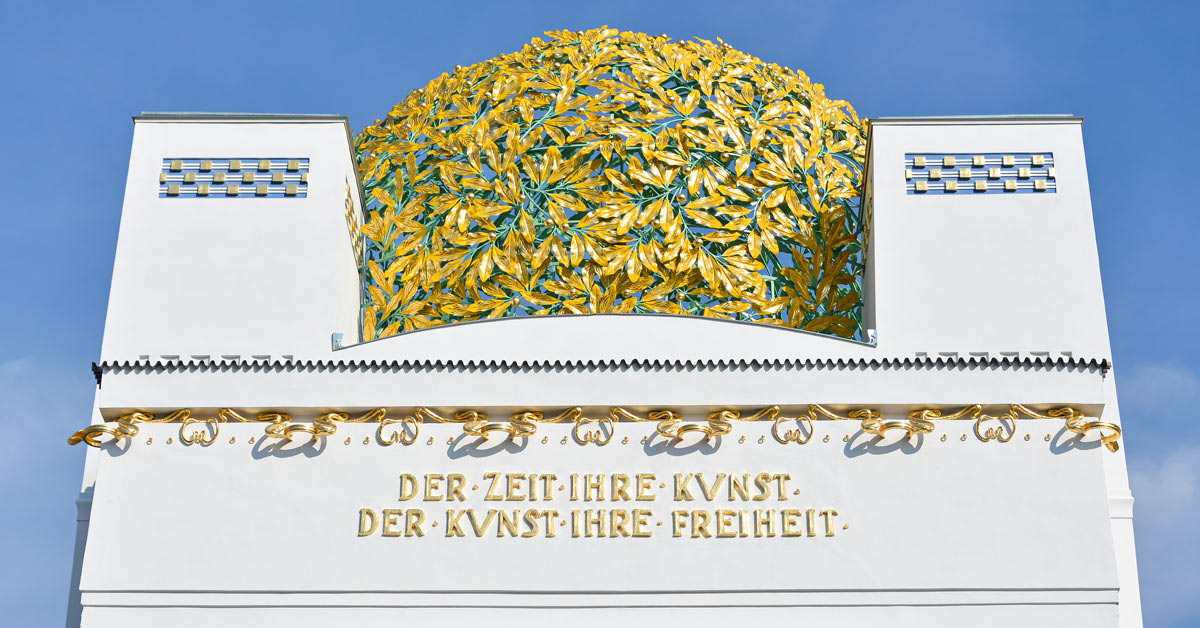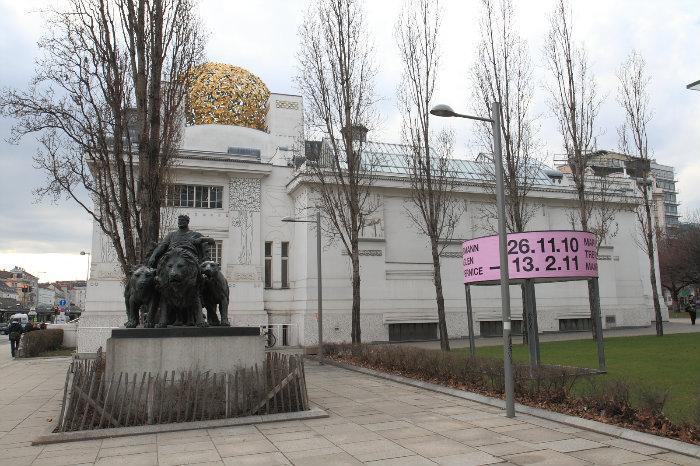

The radicalism of Klimt is played down in this exhibition, Klimt initiated a movement that would find its manifestation in the work of the next generation - the ethically based subjectivism of the Expressionists, Schiele, Gerstl and Kokoschka, who 'seized on the overt critique of society as a powerful weapon and adapted to their own needs and desires the role of social outsider forced on them by their conservative opponents'. In spite of the popularity, the prospect of being able to view works by Klimt in the flesh has prompted a great surge of interest crowds are making their way to Liverpool this month. It has been widely claimed, that Gustav Klimt has been so applauded and appraised as the central figure of Viennese culture, his work reproduced to such an extent, that it has become devalued in respect of its artistic significance. Estée Lauder's son, the former American Ambassador to Austria, bought 'Adele Bloch-Bauer I' two years ago for $135 m (£68 m). 1 In fact, the Liverpool show includes the Bloch-Bauer portrait as its centrepiece. Here the preparatory drawings, fascinating though they are, fail to do justice to the brilliance of Klimt's ornamentation and his innovative approach to the most fashionable of genres'. The major exhibition 'Gustav Klimt: Modernism in the Making', at the National Gallery of Canada, prefaced its show with an explanation of Klimt's small oeuvre and the fragility of key works: 'Klimt's magisterial golden portraits are … poorly served by any exhibition outside of Vienna, since the surpassing effigies of Adele Bloch-Bauer and Fritza Riedler are too fragile to travel. The current exhibition, designed to appeal to the widest possible cross-section, has attracted high numbers in terms of attendance, but also significant criticism.

Skill and design issues were central to the work of the Vienna Secession, and furniture and design objects were included in their original exhibitions around 1900 in Vienna. The so-called golden paintings by Klimt have been described as having a goldsmith's attention to detail. The Vienna Secession embraced not only art but also architecture, fashion and design that included simple furniture and dazzling decorative objects from the Weiner Werkstätte, which in effect, demanded a breakdown in the hierarchy of the arts. The stated intention of the Liverpool exhibition was, however, to address the relationship of the fine and applied arts, and the architectural and spatial staging of Klimt's paintings. Only a small number of paintings are included in the Liverpool show, leaving many visitors feeling somewhat let down. The exhibition sets out to explore Klimt's role as the founder and leader of the Viennese Succession. To celebrate 2008 as European Capital of Culture, Tate Liverpool is presenting the first, 'comprehensive exhibition of Gustav Klimt ever staged in the UK'.

Gustav Klimt: Painting, Design and Modern Life in Vienna 1900 Gustav Klimt: Painting, Design and Modern Life in Vienna 1900 Tate Liverpool is presenting the first, 'comprehensive exhibition of Gustav Klimt ever staged in the UK'


 0 kommentar(er)
0 kommentar(er)
